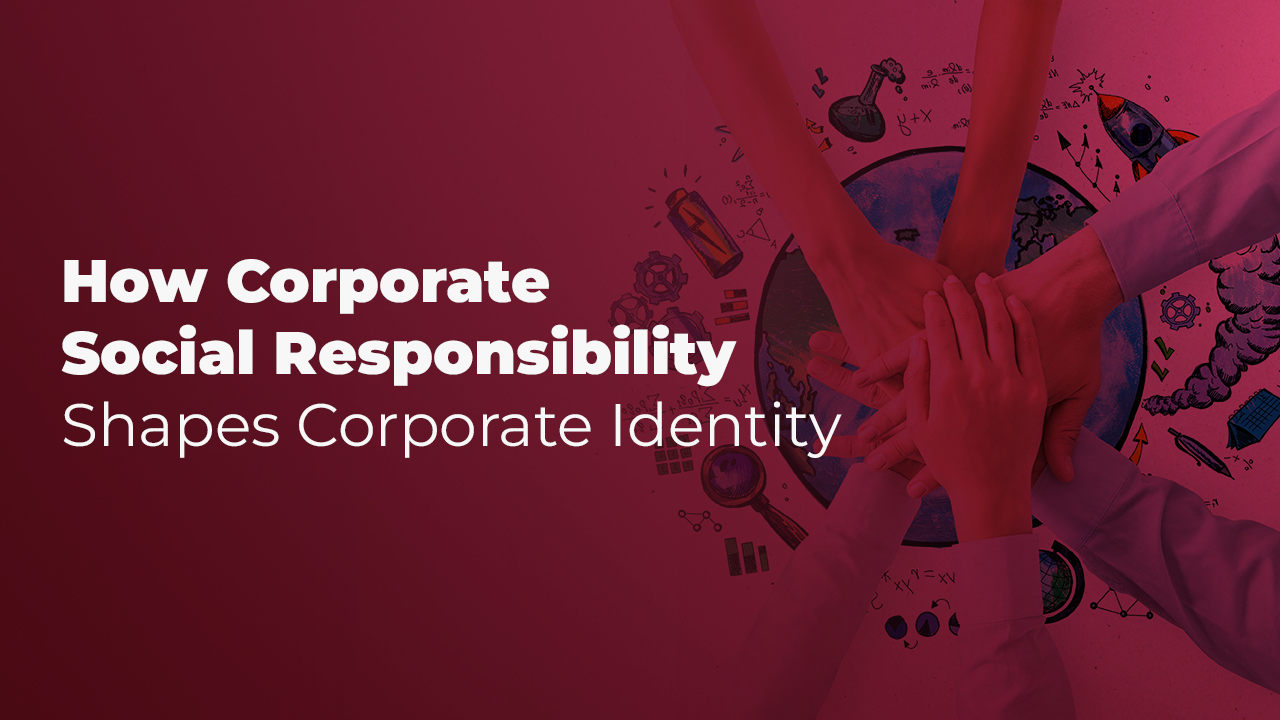Is Your CEO Candidate Strong Enough to Represent You?
A CEO is not merely the manager of a company; they are its face, voice, and strategic representative. In critical moments such as investor meetings, press briefings, crisis management, and public communication, all eyes turn directly to the CEO. This is why boards of directors and hiring committees must ask one essential question: Is your chosen CEO strong enough to represent the company?
Defining a Strong CEO
A strong CEO is not defined solely by charisma or authority. True leadership strength should be assessed across four key dimensions:
- Strategic Strength: Beyond managing short-term goals, a CEO must articulate a long-term vision and cascade it across the organization. Anticipating industry shifts and designing strategies that prepare the company for the future are critical.
- Communication Strength: A strong CEO communicates clearly, openly, and convincingly with all stakeholders — not just the board. Employees, investors, the media, and the public must feel trust and clarity in the leader’s message.
- Emotional Resilience: Companies inevitably face crises — from economic turbulence to operational failures or sudden market changes. A CEO’s composure, solution-oriented mindset, and crisis management skills are vital to sustaining the business.
- Representational Strength: A CEO must authentically embody the company’s values, culture, and vision. This role extends beyond internal leadership to building trust and credibility with external stakeholders as well.
The CV Illusion: Strong on Paper, But in Practice?
Boards are often impressed by resumes that showcase international experience, elite education, or decades in the industry: “Harvard MBA, 20 years in the sector, global leadership track record.” Yet history shows that strong resumes do not always translate into strong leadership.
A CEO’s real strength lies not in past accolades, but in their ability to adapt to the company’s current realities and lead its people effectively. A candidate who thrived in one industry may not replicate the same results in a different culture, team, or operational context.
Statistics and Insights
- Harvard Business Review reports that 30% of CEO transitions fail within the first 18 months, largely due to misalignment between the CEO and the company’s culture and needs.
- PwC’s 2022 Global CEO Survey reveals that 60% of CEOs are most tested in crisis management and navigating uncertainty.
- Gallup research highlights the direct impact of leadership strength on performance: 70% of employees report higher engagement and productivity under strong leaders.
These findings underscore a critical truth: CEO selection should focus less on the resume and more on leadership capacity, adaptability, and crisis management skills.
Key Criteria for Assessing CEO Candidates
- Strategic Scenarios and Crisis Simulations
Present candidates with real-world case studies — a product failure, a market downturn, or a reputation crisis — and observe their decision-making speed, prioritization skills, and problem-solving approach. - Alignment with Company Values
The CEO’s personal values must align with the organization’s. For instance, if transparency is a core value, the CEO’s communication and decision-making style must reflect it. Misalignment creates cultural friction and trust gaps. - Feedback from Former Teams
Collect insights from people who have worked closely with the candidate. Assess their communication style, motivational ability, and delegation practices — concrete behavioral evidence often reveals leadership authenticity. - Public Representation Ability
Since the CEO is the public face of the company, their ability to communicate confidently and credibly with media, investors, and society at large must be tested.
The Cost of a Wrong CEO Choice
Choosing the wrong CEO leads not only to financial losses but also to reputational damage and diminished employee engagement. For example:
- A poor statement or strategic misstep can erode market trust.
- Employee productivity declines when trust in leadership evaporates, driving higher turnover.
- Investors withdraw capital if they doubt the CEO’s ability to handle crises.
A Strategic Approach to CEO Selection
The right CEO doesn’t just manage the company — they embody its vision, values, and culture. A robust selection process should include:
- Comprehensive Competency Assessment: Evaluate strategic thinking, communication, crisis leadership, and representational skills.
- Behavioral Evaluation: Use simulations and case studies to observe leadership behavior in action.
- Team and Stakeholder Feedback: Verify the leader’s past impact and influence within teams.
- Cultural Fit Analysis: Ensure alignment between the CEO’s values and the company’s culture.
This holistic approach ensures not only short-term performance but also long-term credibility and institutional strength.
A CEO’s power cannot be measured by their resume or academic credentials alone. The true measure is their ability to represent the company, manage crises, inspire their teams, and authentically convey its values and vision.
When evaluating your CEO candidate, ask yourself:
“Is this person merely a manager — or the true representative and strategic leader of our company to all stakeholders?”
The answer will determine the company’s future.

